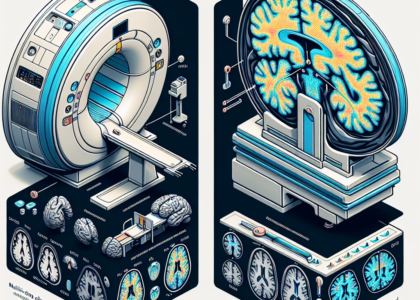Authors: Guiran Liu, Binrong Zhu
Abstract: This study investigated the dynamic connectivity patterns between EEG and
fMRI modalities, contributing to our understanding of brain network
interactions. By employing a comprehensive approach that integrated static and
dynamic analyses of EEG-fMRI data, we were able to uncover distinct
connectivity states and characterize their temporal fluctuations. The results
revealed modular organization within the intrinsic connectivity networks (ICNs)
of the brain, highlighting the significant roles of sensory systems and the
default mode network. The use of a sliding window technique allowed us to
assess how functional connectivity varies over time, further elucidating the
transient nature of brain connectivity. Additionally, our findings align with
previous literature, reinforcing the notion that cognitive states can be
effectively identified through short-duration data, specifically within the
30-60 second timeframe. The established relationships between connectivity
strength and cognitive processes, particularly during different visual states,
underscore the relevance of our approach for future research into brain
dynamics. Overall, this study not only enhances our understanding of the
interplay between EEG and fMRI signals but also paves the way for further
exploration into the neural correlates of cognitive functions and their
implications in clinical settings. Future research should focus on refining
these methodologies and exploring their applications in various cognitive and
clinical contexts.
Source: http://arxiv.org/abs/2411.19922v1





